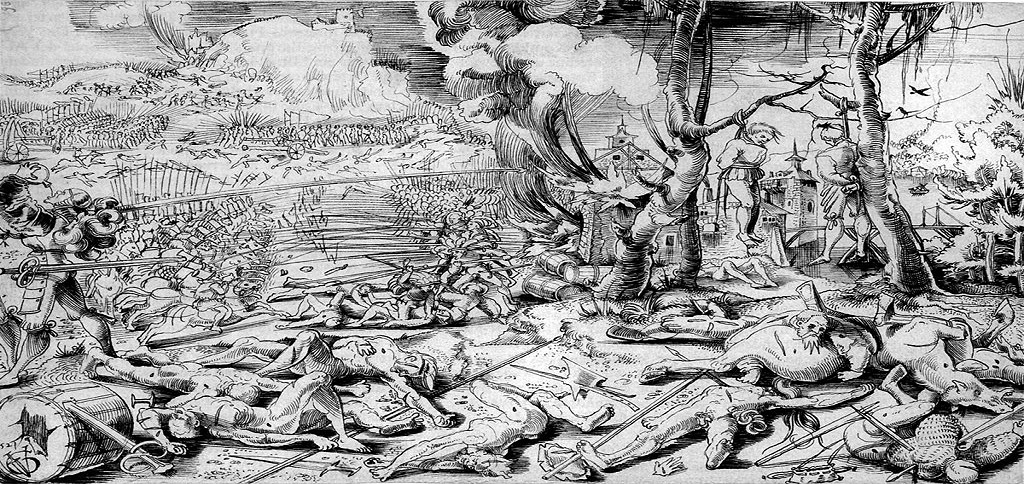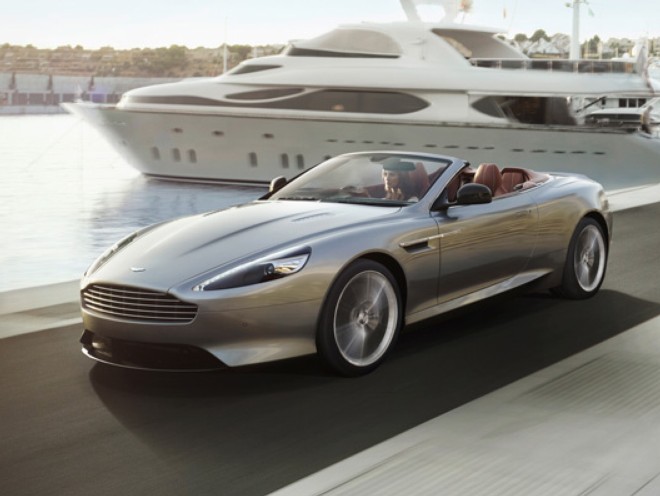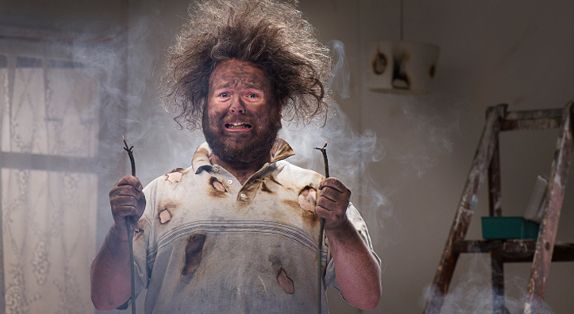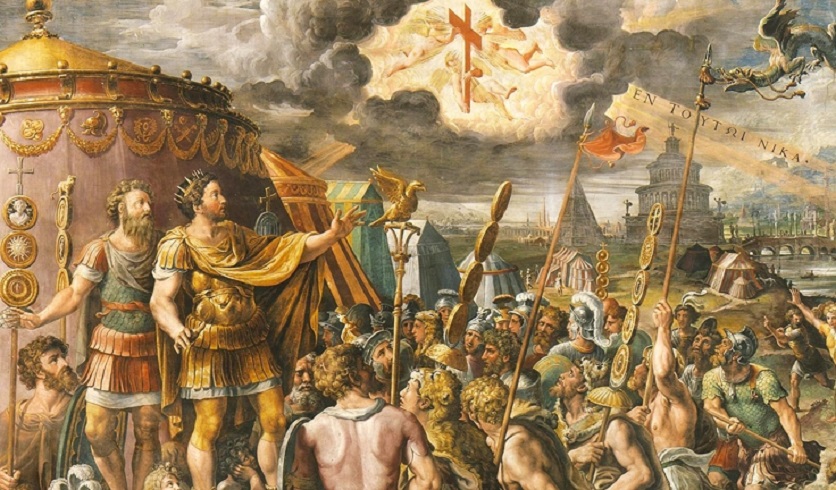 Emperor Maximilian I of Habsburg was a great warrior. It is believed that he knocked off the horse the opponents no less than 70 times in tournaments. Many f them didn’t survived the emperor’s victory.
Emperor Maximilian I of Habsburg was a great warrior. It is believed that he knocked off the horse the opponents no less than 70 times in tournaments. Many f them didn’t survived the emperor’s victory.
But although Maximilian wrote books about the art of living the life of a knight, he can be rather considered the one that ended the institution, because he thought of a method to stem the domination for 500 years, which heavy armed riders have exercised in Europe.
Maximilian has earned a reputation because he was also a opener way for artillery and a supporter of a new type of light infantry, mostly mercenaries halberds armed , so-called Landsknecht. But actually the weapon that has undermined the values and lives of knights wasn’t made of iron, but consist of a moral resource: the discipline.
The one that removed from the discipline was knight Götz von Berlichingen, transformed by Goethe into late archetype nobility: iron arm knight , who scandalized traders, get protection and money by blackmail, assault his neighbors and wasn’t shy to lead the peasants in revolt. He did this because, as a knight, is considered directly related to the king and thus receive more rights and freedoms. But such behavior was no longer fit an era in which European princes were trying to start the foundations of modern states.
England and France had a head start. 100 years war jeopardized their existence. English archers with long bows had managed to decimate the French riders. But through an extraordinary effort, the french crown managed to snatch the final victory.
No matter how successful were the english archers, their example pretended in a great deadlock. Their art to fight had back of decades of preparation, so the loss could hardly be recovered. Instead, emerging muskets were easy to use and have proved equally effective against heavy armor knights.
Swiss chose another way . Their light infantry, fighting with spears, halberds and two hands swords (Gassenhauer) was really impressive. Peasant troops have made the lives bitter for the knights.
Thanks to victories against military force of burgundian princes, in the fifteenth century, serfs reached for a short while the great power. But this statute could be maintained only with appropriate material resources, and that showed the french victory in the battle with the swiss held at Marignano in 1515.
Emperor Maximilian I realized this too. On one hand he was able to strengthen the Habsburg power through a combination of a alliance policy. On the other hand, he concentrated the energy to reform the empire. Knights and their ancient privileges blocked him in this way.
Member territorial functioning should receive justice freedom and security trade, supported mainly by the bourgeoisie in the cities where they were concentrated on crafts and trade. A flourishing economy, but provided the principes only the funds for their ambitious plans.
Maximilian has invested heavily in arms and mercenaries. Only the name of this warrior, celebrated as ‘the last knight’ of Europe, binds many innovations in artillery. Representative of the Habsburg dynasty standardized the cannons caliber , such as cannon balls could produce for certain types.
He concerned himself for poor metallurgy, because it often happened that the pipes explode on ignition and cause damage among its own army. Soon, the cannons became more accurate and easier to carry. The emperr started the battle with dozens of firearms.
Another innovation was represented by Landsknecht mercenaries. Because they didn’t had to have horse or wear heavy armor, their recruitment will prove extremely useful. Armies correspondingly increased, reaching thousands of people.
Their most important weapon was the halberd.
Although iron tip failed to break through later middle ages armor , a kick with the ax blade could slice a member or cause serious injury for horses. With the same purpose were used hooks that animals were attacked in the joints.
The rise of infantry didn’t equated with the disappearance of the cavalry on the battlefield. On the contrary, the heavy cavalry was still used to break enemy lines, while light cavalry served up missions of stalking and harassment of the enemy in retreat.
A turning point was however that different types of trops, always growing, were obeyed the indications to a single leader. Was discipline time. The glory or honor didn’t mattered so much anymore, soldiers were successful because they were follow orders now.
Maximilian’s artillery began fighting with nice shoted salvos , then enter the scene the heavy cavalry which broke enemy ranks , which would wreak havoc the infantry, they very well organized into cohesive units.
For chavalric ethos, so much valued by the blind king of Bohemia in the battle of Crecy, where he perish, there was no place in the new order of war, professionalized, devoid of individuality. The great sociologist Max Weber saw here the core of modern statehood, which will open a new path in european history. Army discipline is actually the source of discipline in general.
Princes gave an alternative to people like Götz von Berlichingen: they serve as officers or officials in their job, or retired for good. The dream of freedom and adventure, leitmotifs which still account for the fascination it exerts the knights, acquired negative connotations on the eve of the modern era.
Maximilian has proposed for the knights a compromise solution. In public life tournaments were not abolished. Even wealthy bourgeoisie could buy their armor and had the opportunity to play the games and court celebrations. But as they became more grandiose, the lifestyle loses its meaning and power. Knights perished in agony.







